Sports Cities
 When the Golden State Warriors won their third championship in four years, discussions among NBA fans and commentators alike tried to locate the crux of their unprecendented success. In some spheres, the team was referred to as “tech’s team, and writers pointed to the Bay Area’s economic success as a reason for the team’s success, and for resentment to build in other parts of the country. In our work, we seek to investigate the relationship between a city’s socioeconomic performance and the performance of its NBA team.
Our study is motivated by a deep debate already existing in the sports world: Are professional teams actually good for the cities they inhabit?
Read more here ... or head directly to our Shiny app.
When the Golden State Warriors won their third championship in four years, discussions among NBA fans and commentators alike tried to locate the crux of their unprecendented success. In some spheres, the team was referred to as “tech’s team, and writers pointed to the Bay Area’s economic success as a reason for the team’s success, and for resentment to build in other parts of the country. In our work, we seek to investigate the relationship between a city’s socioeconomic performance and the performance of its NBA team.
Our study is motivated by a deep debate already existing in the sports world: Are professional teams actually good for the cities they inhabit?
Read more here ... or head directly to our Shiny app.
What's Been on the Amherst Mind?
 In this blog post, we leverage The Amherst Student as a source of understanding what major topics have been on the minds of students over the last 14 years. We also compare the sentiment in The Amherst Student to the sentiment of Opinion articles. We investiagte phenomena which we've accepted as Amherst students such as "the spring is always crazier", and understand shifts in the college after key administrative decisions such as financial aid policy changes, party policy, and demographic movements. Read more ...
In this blog post, we leverage The Amherst Student as a source of understanding what major topics have been on the minds of students over the last 14 years. We also compare the sentiment in The Amherst Student to the sentiment of Opinion articles. We investiagte phenomena which we've accepted as Amherst students such as "the spring is always crazier", and understand shifts in the college after key administrative decisions such as financial aid policy changes, party policy, and demographic movements. Read more ...
Crimes Rates and AirBnB Rentals in NYC
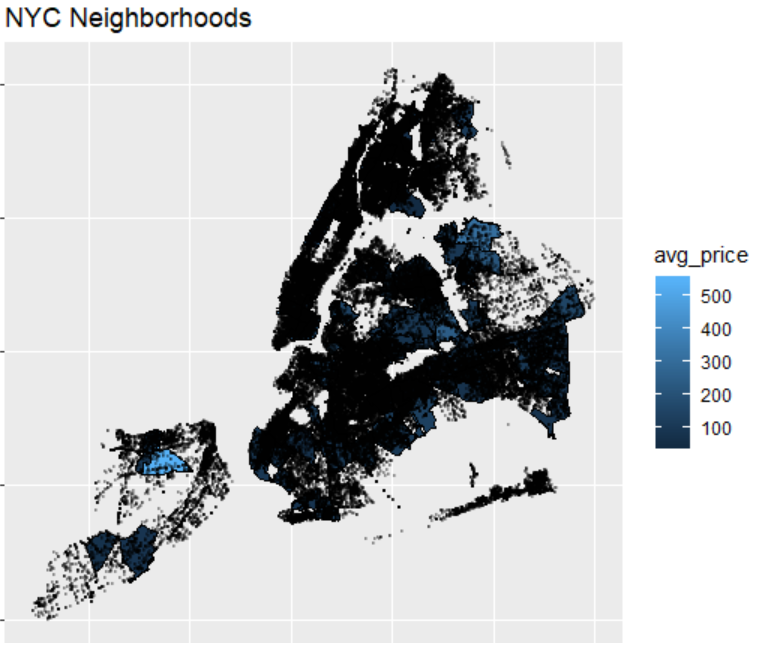 Do neighborhoods with higher crime rates have lower AirBnB prices, on average? Do neighborhoods with lower crime rates usually lead to larger listings being rented on AirBnB? Read more ...
Do neighborhoods with higher crime rates have lower AirBnB prices, on average? Do neighborhoods with lower crime rates usually lead to larger listings being rented on AirBnB? Read more ...
The Pursuit of Happiness
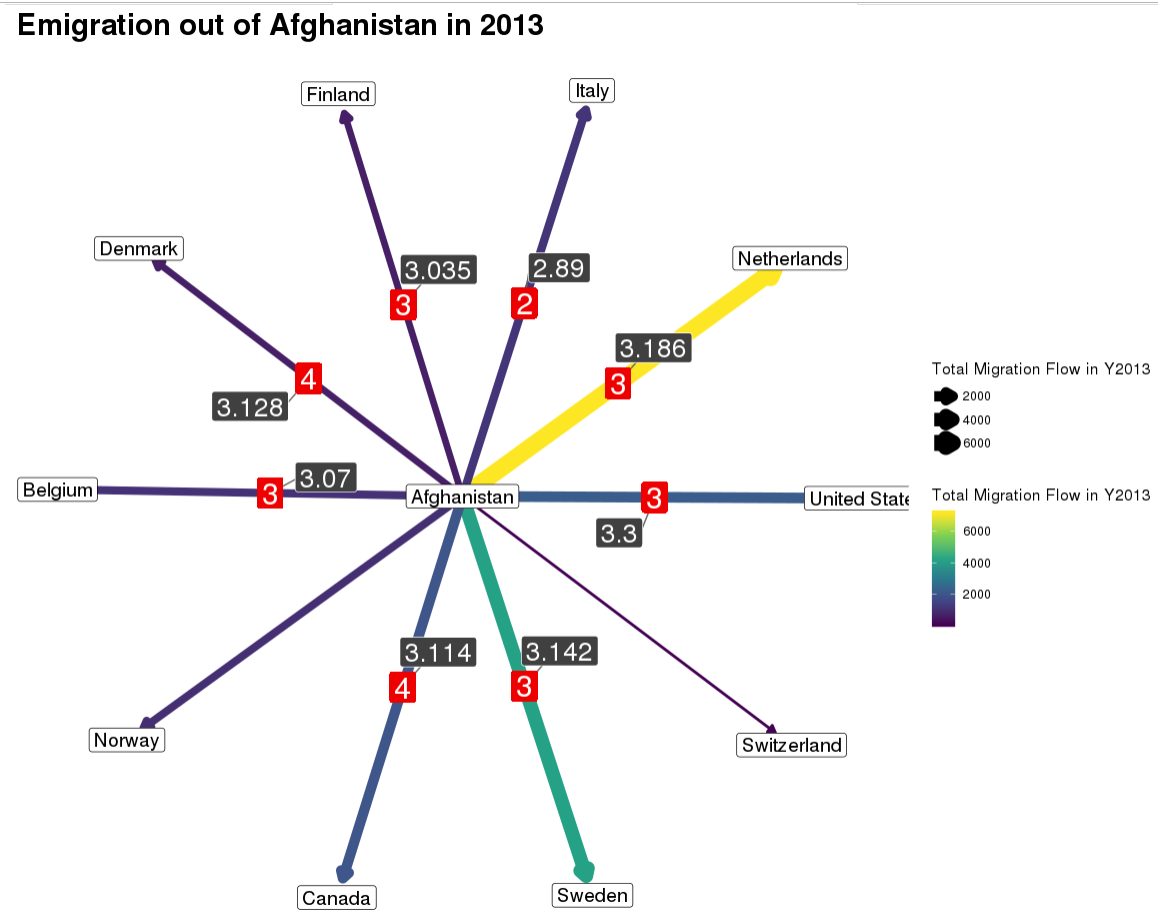
We have seen several development indicators including GDP, GDP per capita, life expectancy, and education rates that determine how "developed" a country is. However, we're interested in figuring out how (if at all) these indicators correspond to the overall happiness of the people. Does greater economic prosperity correspond to greater happiness of the people? Read more ... or check out our Shiny app
Climate Change in the Lens of Economic Freedom
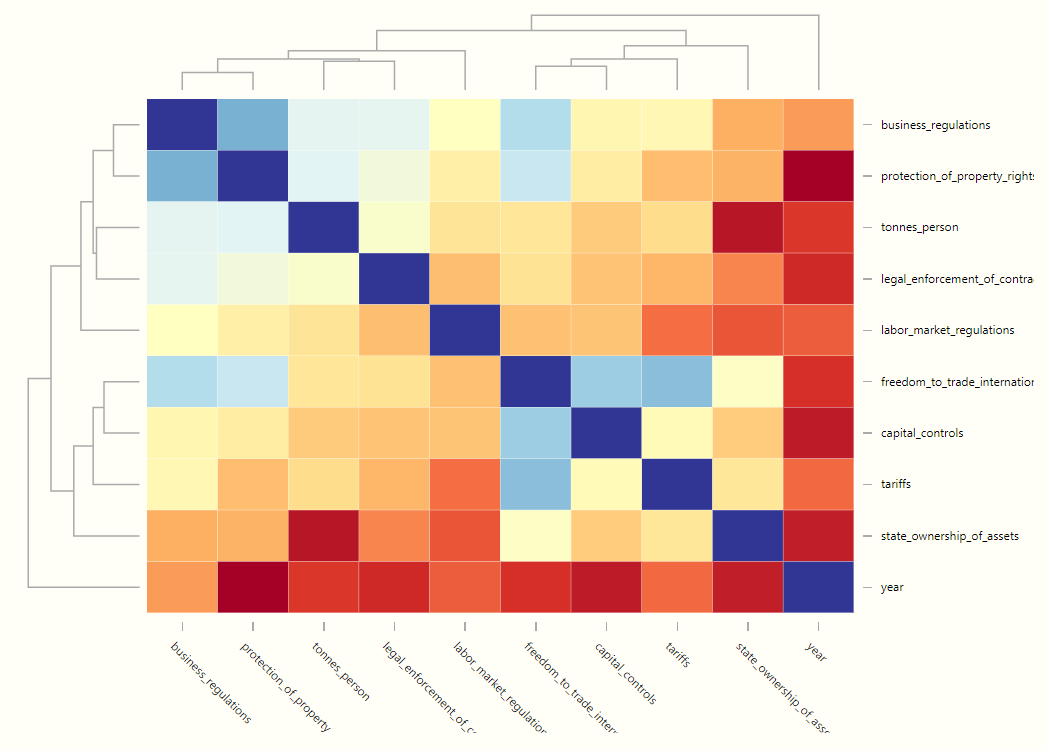 Climate change and its effects are accelerating at a rapid pace, almost to the point of irreversibility. While many studies have analyzed the sources for this ongoing climate change and work is being done into how to fix it, in this post, we want to explore the structural characteristics of countries associated with climate change, and in particular, CO2 emissions.
We used the Gapminder dataset in conjunction with economic freedom data from the Fraser Institute to explore this relationship. Click here for visualizations that make it easy for you to see links between various economic factors and CO2 emissions. What policy changes to reduce CO2 emissions might this analysis suggest?
Climate change and its effects are accelerating at a rapid pace, almost to the point of irreversibility. While many studies have analyzed the sources for this ongoing climate change and work is being done into how to fix it, in this post, we want to explore the structural characteristics of countries associated with climate change, and in particular, CO2 emissions.
We used the Gapminder dataset in conjunction with economic freedom data from the Fraser Institute to explore this relationship. Click here for visualizations that make it easy for you to see links between various economic factors and CO2 emissions. What policy changes to reduce CO2 emissions might this analysis suggest?
The Geographical Evolution of College Football in the United States
We explore how the strength of college football programs by state has changed over time. While college football began in the Northeast, the majority of successful Division 1 programs are now located in the South. We construct a time-based heatmap displaying the spatial movement of college football from its infancy in 1869 to the present day. Read more here, or head straight to the Shiny app.
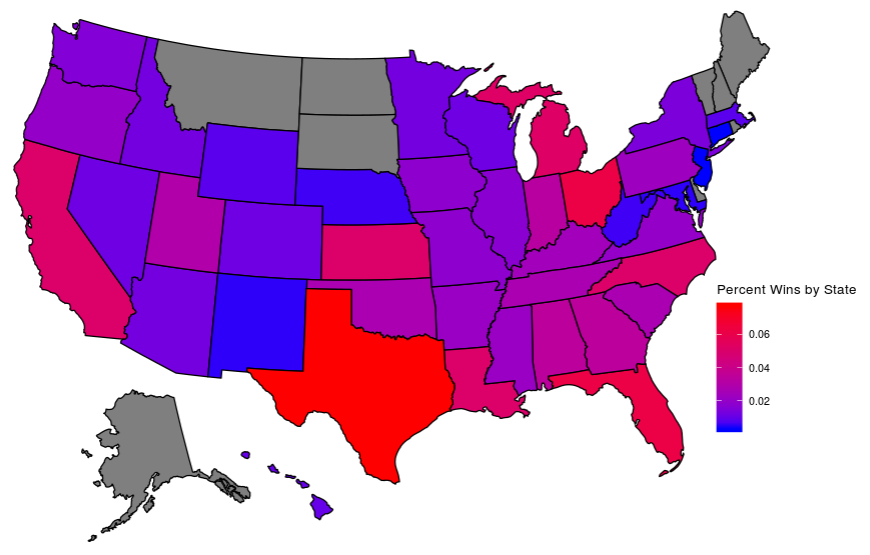
Unveiling the Mystery: Political Affiliations at Higher Ed Institutions
We explore collegiate contributions to political campaigns using publicly available data from the Federal Election Commission. How do political campaign contributions of employees at various institutions of higher-education compare to local and state trends? Read more ...

Public Health and Foreign Aid Ties
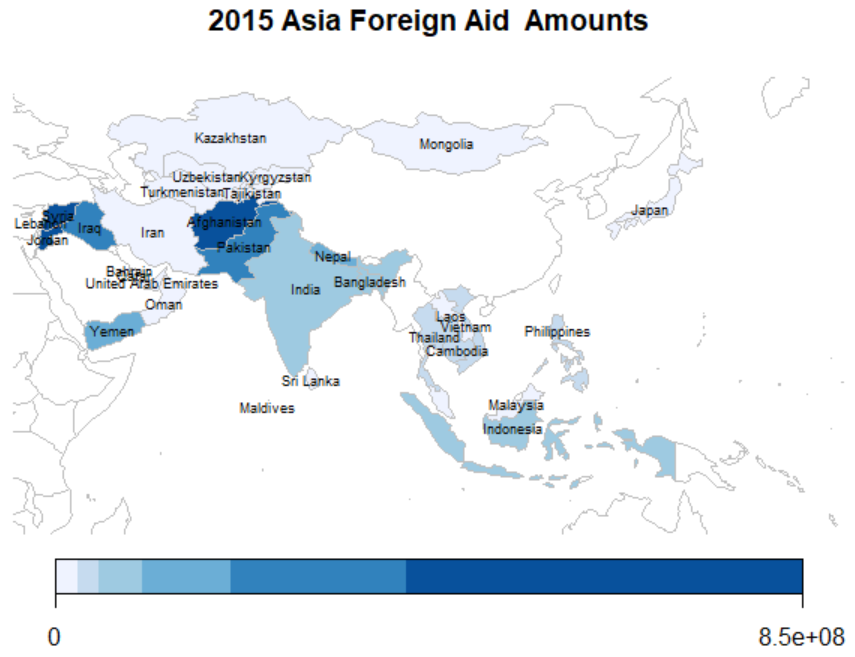
In FY 2020, $32.3 billion was requested in foreign assistance. But is this assistance going to the countries that actually need help? And does the assistance actually improve the public health in these countries? We wanted to explore the association between countries’ statistics associated with health quality and their reception of humanitarian foreign aid from the U.S.. We were also interested in whether the U.S. decides where its foreign aid is directed based on humanitarian reasons, and whether the aid is efficacious. Read more ... or head straight to our Shiny app.